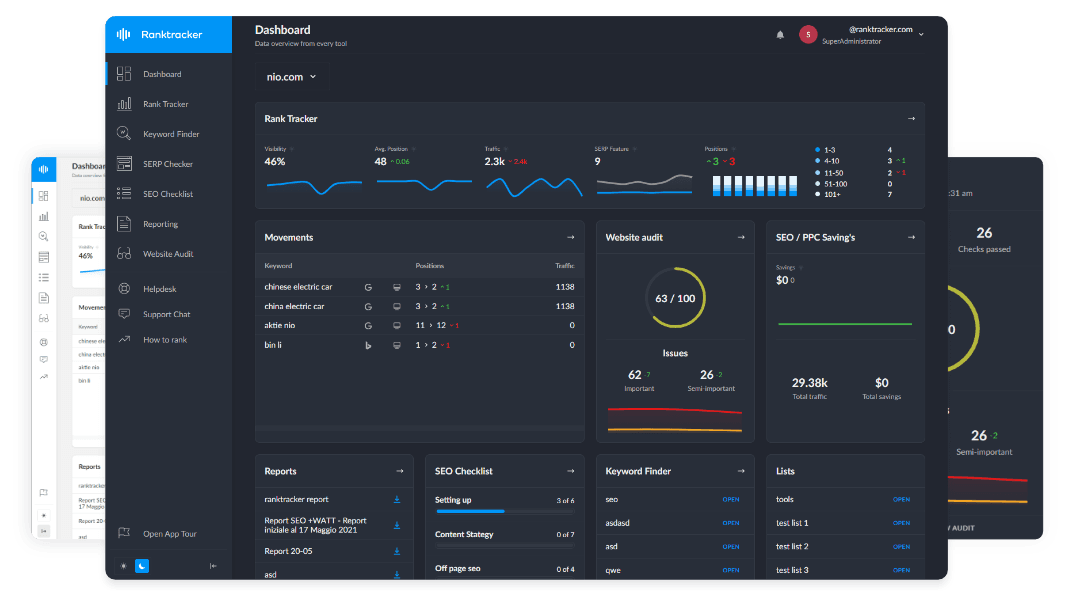Intro
Brand Schema Markup is a structured data implementation that helps search engines understand and display brand-related information more effectively. It connects your brand with Google’s Knowledge Graph, improving search visibility, credibility, and trustworthiness.
Why Brand Schema Markup Matters for SEO:
- Enhances brand recognition in search results.
- Improves Knowledge Panel accuracy and visibility.
- Helps search engines understand brand-related entities & relationships.
Key Components of Brand Schema Markup
1. Organization Schema
- Defines business identity, contact details, and social media profiles.
- Example:
{
"@context": "https://schema.org",
"@type": "Organization",
"name": "Your Brand Name",
"url": "https://yourbrand.com",
"logo": "https://yourbrand.com/logo.png",
"contactPoint": {
"@type": "ContactPoint",
"telephone": "+1-800-123-4567",
"contactType": "customer service"
},
"sameAs": [
"https://www.linkedin.com/company/yourbrand",
"https://www.twitter.com/yourbrand",
"https://www.facebook.com/yourbrand"
]
}
2. Brand Name & Logo Markup
- Ensures Google correctly associates your logo with your brand.
- Example:
{
"@context": "https://schema.org",
"@type": "Brand",
"name": "Your Brand Name",
"logo": "https://yourbrand.com/logo.png"
}
3. Social Media Profile Schema
- Links brand social media accounts to structured data.
- Example:
{
"@context": "https://schema.org",
"@type": "Person",
"name": "Your Brand Name",
"sameAs": [
"https://twitter.com/yourbrand",
"https://facebook.com/yourbrand",
"https://instagram.com/yourbrand"
]
}
4. Local Business Schema (If Applicable)
- For businesses with physical locations, address, and operating hours.
- Example:
{
"@context": "https://schema.org",
"@type": "LocalBusiness",
"name": "Your Brand Name",
"address": {
"@type": "PostalAddress",
"streetAddress": "123 Main St",
"addressLocality": "New York",
"addressRegion": "NY",
"postalCode": "10001",
"addressCountry": "US"
},
"telephone": "+1-800-123-4567",
"openingHours": "Mo-Fr 09:00-17:00"
}
How to Implement Brand Schema Markup for SEO
✅ 1. Use Google’s Structured Data Testing Tool
- Validate Schema for errors and proper implementation.
✅ 2. Add Schema Directly to Your Website
- Insert JSON-LD **in the
<head>section or via Google Tag Manager.
✅ 3. Keep Information Consistent Across Platforms
- Ensure brand details match across website, social profiles, and Google Business Profile.
✅ 4. Monitor Search Performance & Adjust
- Use Google Search Console to track brand impressions and Knowledge Panel changes.
Tools to Optimize Brand Schema Markup
- Google Search Console – Monitor brand search visibility.
- Schema Markup Validator – Validate structured data correctness.
- Ranktracker’s Web Audit Tool – Identify SEO optimization opportunities.
Conclusion: Strengthening SEO with Brand Schema Markup
A properly implemented Brand Schema Markup enhances search presence, Knowledge Graph integration, and brand trust. By structuring brand data correctly, businesses can achieve better search visibility, brand authority, and higher user engagement.

